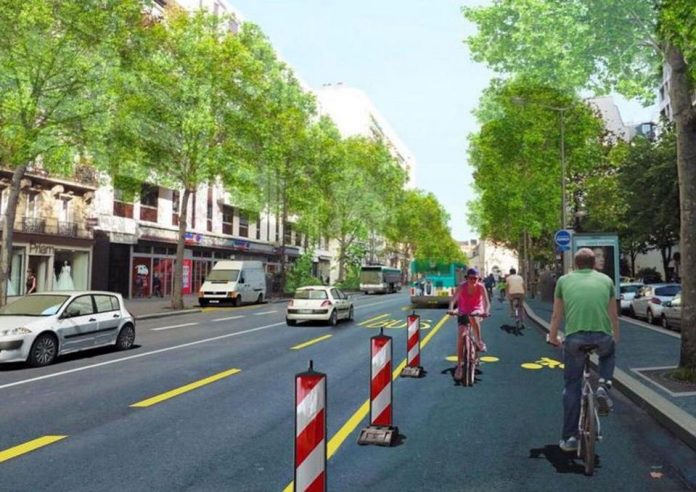As lockdown restrictions are being lifted, more Europeans are now taking to their bikes to commute and avoid busy public transport. Governments across the world are supporting an increase in the number of riders with dedicated cycle lanes, and some have even offered vouchers for bike repairs to help cyclists get back on the road. Unfortunately, even on emptier roads, distracted driving and speeding have resulted in an increase in cyclist fatalities in some areas, and despite its growing appeal, many people still regard cycling as dangerous. However, as the number of cyclists increases, so too does the implementation of cycling facilities and infrastructure, resulting in safer roads for all users.
Dealing With Cycling Accidents
Several American cities are also reporting a dramatic increase in cyclists on the road, and as lockdowns are eased, 50% of Americans plan to cycle more. This is in spite of a recent report from the National Highway Traffic Safety Administration that revealed that 2018 was the worst year for pedestrian and cycling fatalities since 1990, with two cyclists killed every day on the roads. This often leads to wrongful death lawsuits, as the accidents are often not the fault of cyclists themselves. Although seeking justice and compensation can help to lessen the distress associated with losing a loved one, JJS Justice notes that the effects of unnecessary fatalities on the road are still devastating. To reduce the number of accidents, campaigns and organizations throughout the US are working hard to support new cyclists and ensure that riding a bike is safer and more accessible for all.
Reducing Accidents With Cycle Lanes
Despite being encouraged to cycle more, almost two thirds of people in the UK still feel that cycling is unsafe. However, plans to introduce better facilities for cyclists could change their outlook. A comprehensive study of cycle infrastructure in the US, found that well-planned cycle lanes reduce fatalities for all road users. The effect of protected and separate bike lanes is to slow all traffic, and cities where they have been successfully implemented have seen drops of up to 75% in road fatalities.
Finding Funding For Improved Infrastructure
As more people turn to cycling for leisure and everyday commuting, cities around the world are finding ways to safely accommodate their needs. From Budapest to Bogata, a decrease in traffic has allowed for dramatic, temporary road closures and widening of cycling paths, making it easier for cyclists to get around safely and with ease. Although the UK has been slower to adapt, the government has recently announced that a fund of £2bn will be made available for long-term plans to re-allocate road space for cyclists, create cycle and bus-only corridors, and design safer road junctions.
Recent restrictions have encouraged more people to cycle both for exercise and as a convenient way to avoid crowded buses and trains on their daily commute. Governments around the world are responding to this increased interest in cycling by investing in schemes to support riders and create more safe space for cyclists on the road.














